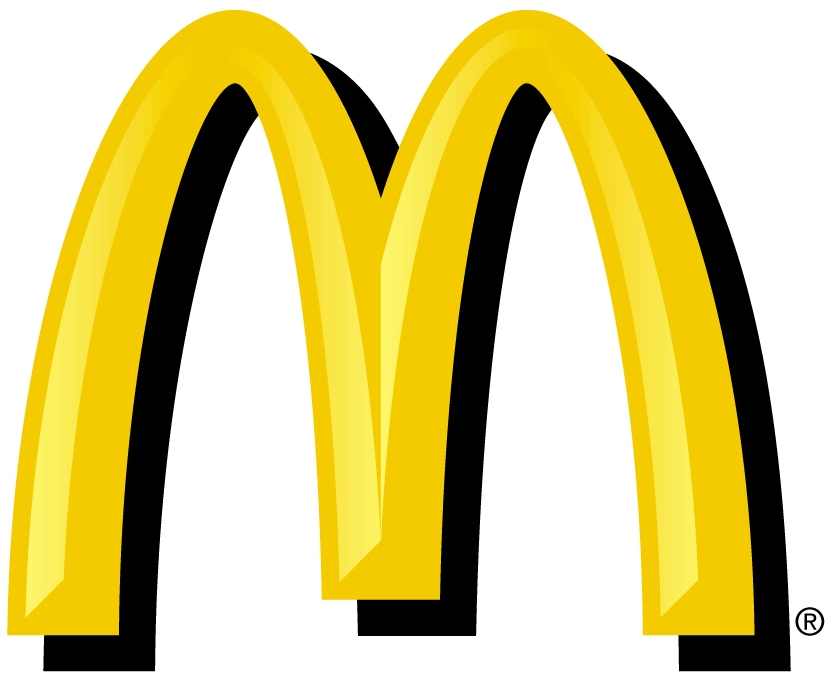危 wēi danger
Further to my post on Clover Food Labs last week a couple of my [few] readers have said to me that they love Ayr’s entrepreneurial approach but that it’s unrealistic for larger companies to perpetually prototype and iterate. Their logic seems to be in line with that of the great Stanford Professor, James March who has argued that it’s incredibly difficult for organisations to simultaneously be explorative (searching for new opportunities) and exploitative (maximizing the payoff from existing opportunities). With this in mind, shouldn’t large companies stick to building their ‘exploitative’ muscles – extracting value from their existing opportunities until that opportunity is exhausted and them move on to exploration again?
机 jī opportunity
I don’t think so, mainly because in fast-changing markets the exploration would come too late. In his new book ‘The Design of Business’, Roger Martin makes an eloquent case for the discipline of ‘Design Thinking’ – an approach that we at IDEO use to tackle the challenges our clients present us with. Rotman explains that design thinking “enables the organization to balance exploration and exploitation, invention of business and administration of business, and originality and mastery”. Perpetual prototyping is one tool used by the Design Thinker to enable simultaneous exploration and exploitation. It strikes me that McDonalds is an example of a company that manages it – it prototypes relentlessly and it’s certainly big – according to Fast Food Nation, nearly one in eight workers in the U.S. have at some time been employed by McDonald’s. It prototypes in store but also through the team of Dan Coudreaut, Director of Culinary Innovation. Ideas can come from those in his test kitchen or from franchisees or suppliers, and are prototyped initially in the full size store and kitchen at the head office. This broad source of inspiration followed by prototyping enables them to trial around 1800 new products per year of which only a handful make it into the stores – but when they do they’re nearly always successful. It also reduces the risk associated with launching new products by revealing the broader impact, for example Coudreaut tried a product called the McDouble Cruncher which was like a cheeseburger with barbecue sauce and onions. Although it was hugely popular when trialed the team observed that consumers stopped buying quarter-pounders (a core menu item) – not a good thing for margins so it was dropped.
How About…
- Aiming to be simultaneously in explorative or exploitative phases?
- Prototyping whatever your company size, increasing the number of ideas that you can test and reducing the risk of failure?
—

One Response to “52) McDonald’s”
Tweets that mention 52) McDonald’s « 危机 – wēijī -- Topsy.com
[…] This post was mentioned on Twitter by fastfoodjunky. fastfoodjunky said: 52) McDonald's « 危机 – wēijī http://bit.ly/9Xp0pn […]